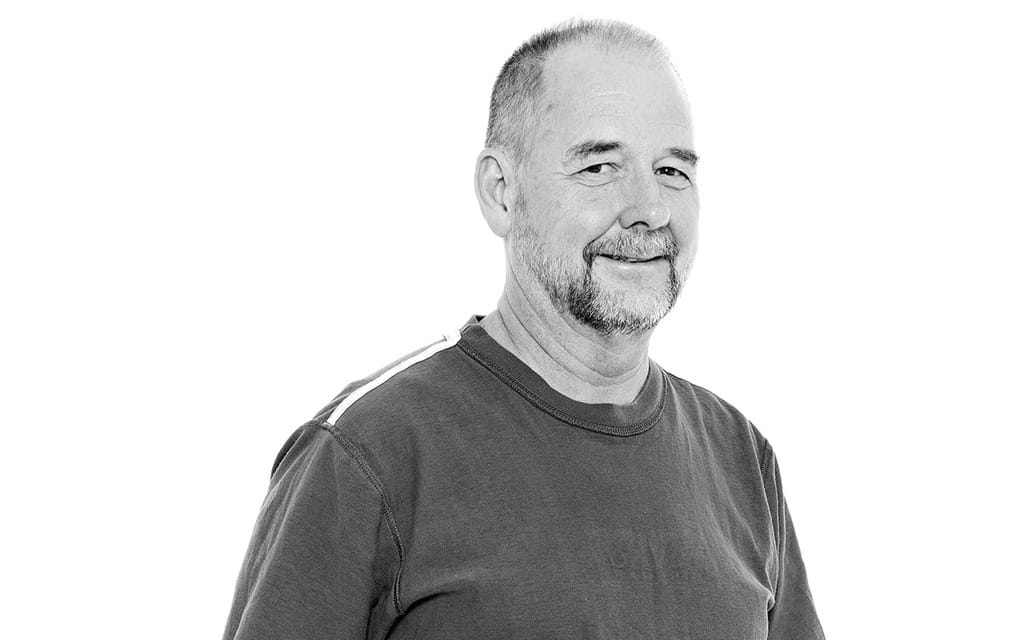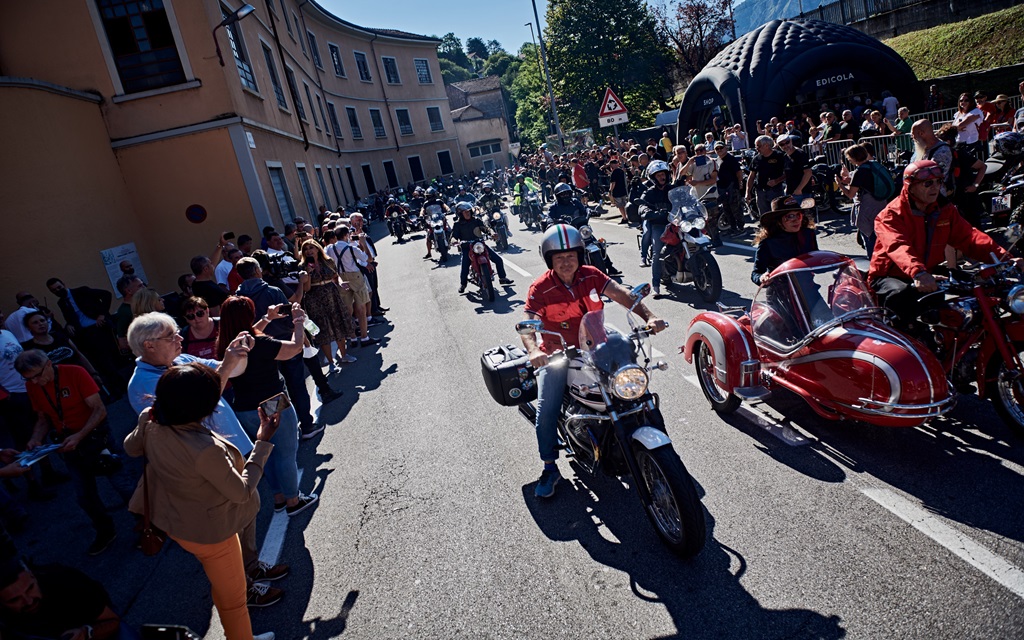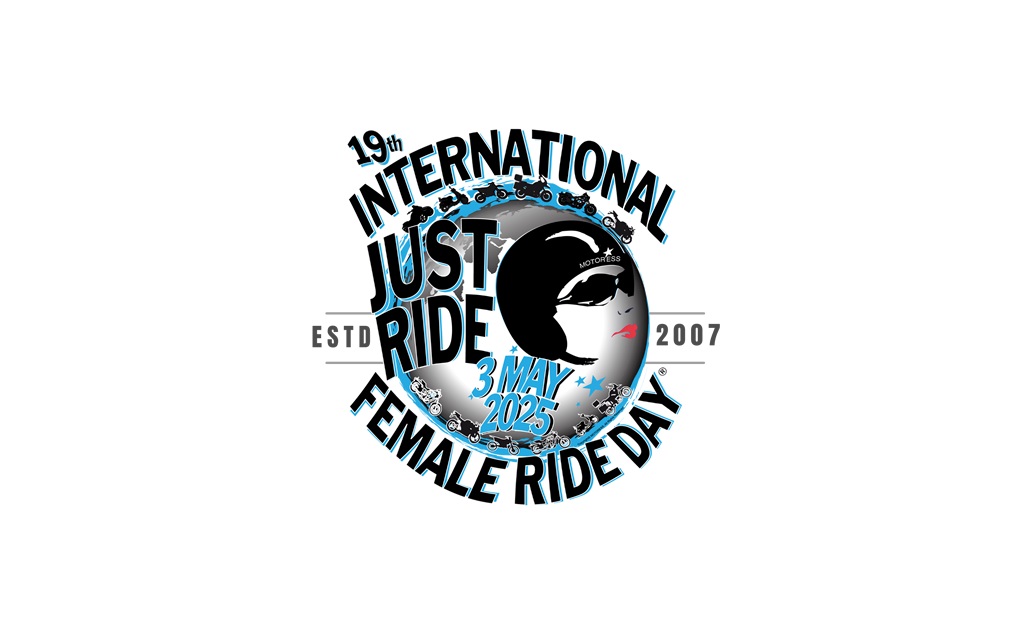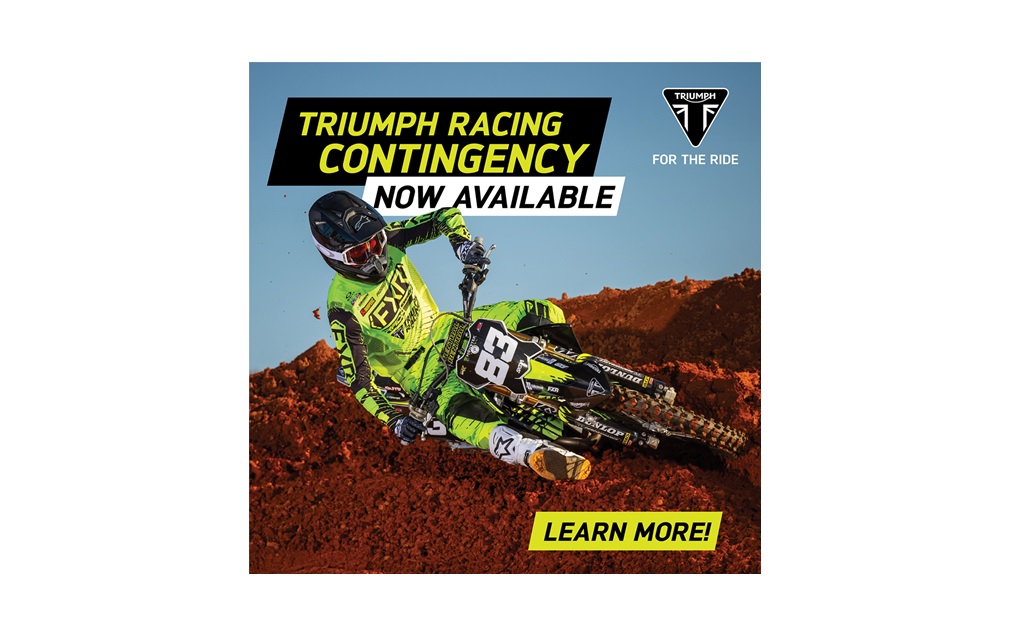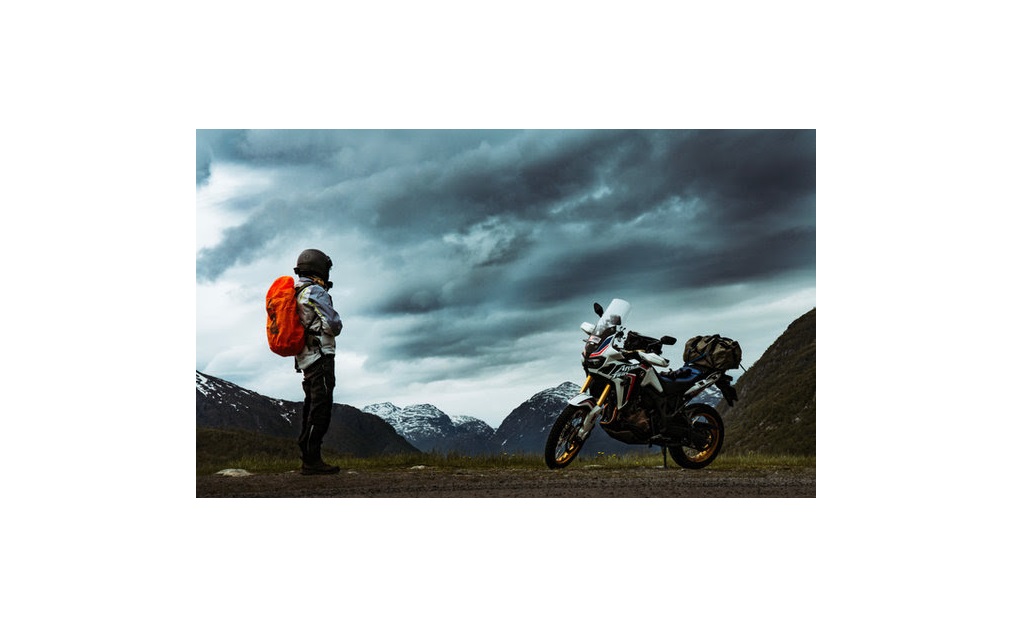It’s commonly understood that motorcycle magazine writers lean toward sporting motorcycles and away from cruisers. That’s a generally true fact, but there are exceptions, both among writers and among models. Some of us, and I include myself in this group, do appreciate some of the qualities of most cruisers and really do like some specific models.
You’re thinking Diavel, of course, or a Vmax, or a Rocket III, each of which is a cruiser with extraordinary performance capabilities. But while those are amusing bikes to ride, I’m not thinking of them. I’m thinking Kawasaki Vaquero. Yamaha Stryker. Triumph Thunderbird. Almost any Harley-Davidson. And a couple of dozen other models from half a dozen manufacturers. Cruisers that look like cruisers, that weigh too much, that don’t accelerate with the vigour of bikes with less than half their engine displacement, and that require you to sit in a way that’s generally acceptable only if there’s a remote control in one hand and a Labatt’s in the other.
The problem with magazine writers is that we become accustomed to extremes of performance. I am far from the most capable rider to test a motorcycle for this magazine, but even I have become used to power and handling levels that only a few cruisers (now I’m thinking Diavel . . .) can hope to approach. Less stirring performance becomes a bit too much like a walk in the park. And when we’ve had the hair on the back of our neck straightened too many times by the gods-must-be-crazy acceleration of an RSV4 or a ZX-10, we begin to think that less performance is unacceptable. And acceleration is the least of it, really. It’s the handling qualities of cruisers, the inability to corner and stop with unnerving, even frightening force, that bugs magazine writers. Because motorcycles are dynamic things. You can use a car for lots of things when it’s not moving, but a motorcycle? If it’s not moving, it’s pretty well useless.
But that doesn’t mean cruisers are useless when they are moving. They may not move as quickly and surely as sportbikes, but there’s a kind of thrill that can be achieved on a motorcycle without straightening the hairs on the back of your neck. About 15 years ago, a former editor (Bruce Reeve) wrote in this magazine about something called “flow.” It’s a state of mind, a kind of focus or concentration, that occurs when a person is engaged in some activity that is continuous and fully engaging. Flow is transcendental in that it is “beyond the limits of ordinary experience” (Webster’s Collegiate) and is somewhat euphoric. When you experience flow, you may not notice it right away, but you will almost certainly want to continue in that state for a while. Flow is good.
Flow is a kind of thing that can happen on a sportbike, deep in a series of linked corners, when your body and the motorcycle and the forces of physics are gracefully united and nothing else, not your wife or husband, your job, your hectic schedule, is able to occupy your consciousness. Only the forces of this state of flow exist for this period of time. That’s useful when you’re deep in a corner and going very fast. But you don’t need to be going fast to experience flow. I’ve felt it only a couple of times that I’m aware of. Once, late at night, on a sport-touring bike, zooming down a long, fairly straight highway, and once around nine in the morning, on a touring bike, cruising along a rural highway with a few lazy curves and lots of farmland in the runoff zones. Each time I became aware of a sense of smoothness and subtle joy as I steered the motorcycle; I was going about 100 km/h, not in a hurry, and I wasn’t near my destination for that day. When I became aware of the way I felt, I understood that I wanted it to continue, and being aware of it did not diminish its effect. It may sound silly, but this feeling of rightness on a motorcycle seems to be me to be something that I actively seek when I go for a long ride. It’s like the warm tingle that causes a person to become overly fond of alcohol or another person, or the sensation that causes someone to become habitually fond of any activity; it’s a state of intoxication without debilitation that we strive to return to.
I know people who can achieve this state regularly. They don’t ride sportbikes, and they don’t ride fast. They do ride often, and when I have ridden with them, I’ve been bored. But they were not. I was the guy who was used to sportbikes and going fast, and they were the guys who were used to riding Harley-Davidsons and doing it at or even under the speed limit. And they were the guys who, as if some kind of switch existed for them, seemed able to turn on a state of flow at will.
What they’re seeking when they ride this way, of course, is not the thrill of speed. It’s something else, something that I’ve nudged up against a time or two and enjoyed, but that I don’t really get. For that, I think, I’m poorer. And I think people who ride cruisers and understand a kind of joy in riding that doesn’t involve a lot of speed have something to teach the rest of us, if only we’d slow down enough to learn.
